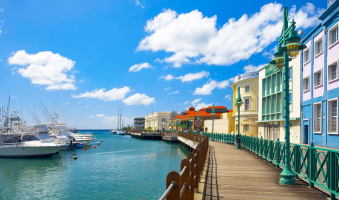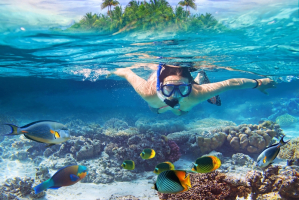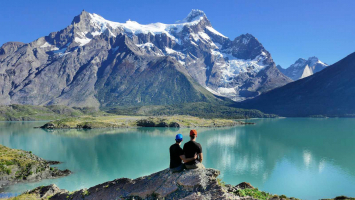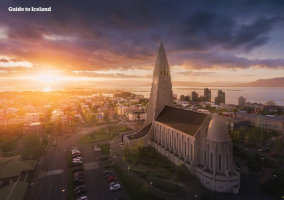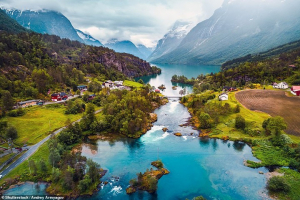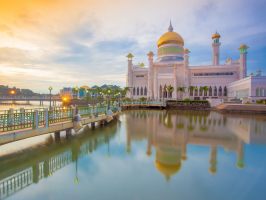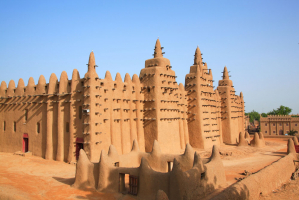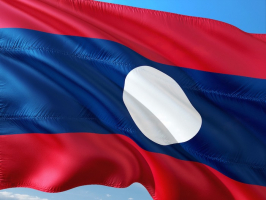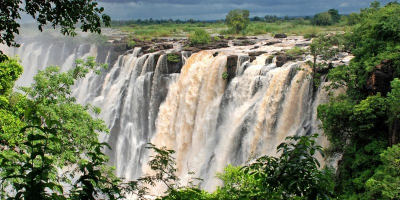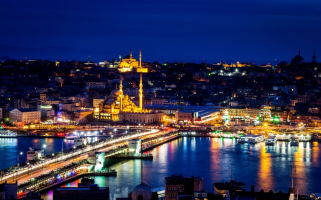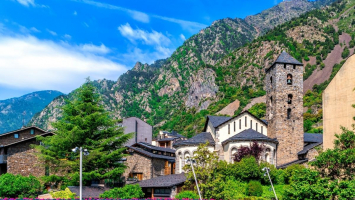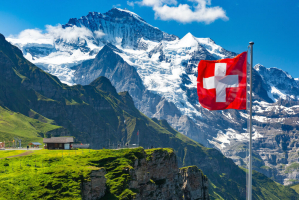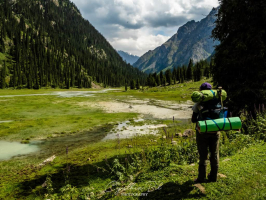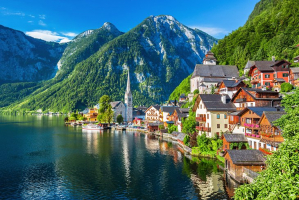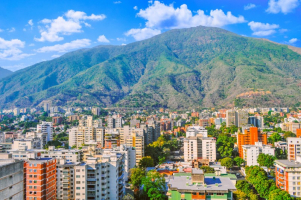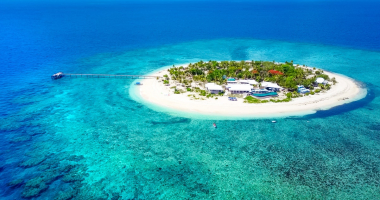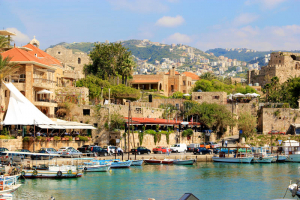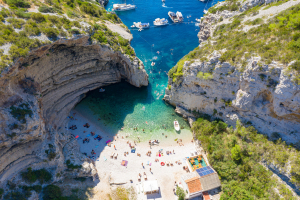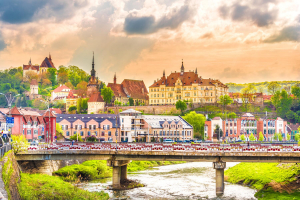Top 12 Things about Nicaragua You Should Know
From first-time visitors to seasoned travelers, this page will serve as your go-to guide to learning more about Nicaragua and what awaits you, including ... read more...fantastic diving, lakes, volcanoes, colonial cities, nightlife, and wonderful food to sample in Nicaragua. Here are the top Things about Nicaragua You Should Know for the first time travelers.
-
This is a little tricky. While Nicaragua is not a country for first-time visitors, it is a fantastic destination for seasoned travelers. Tourism is still the most important service industry in the country. It was once a tremendous boon for the local economy, as tourists helped to alleviate poverty and create jobs. However, it has been seriously impacted by political upheaval in 2018. There has been some change in Nicaragua's safety and political situation recently, but it is sluggish. However, much of this has little impact on tourist safety in Nicaragua. This is definitely one of the top Things about Nicaragua You Should Know.
International flights continue to land at Managua's Augusto Sandino Airport. Despite government warnings, people continue to visit Nicaragua. Recently, a large number of travelers have stayed in Granada, as well as San Juan del Sur. However, keep in mind that you will be visiting a new location, therefore you must take special care of your stuff. Simply use your common sense!
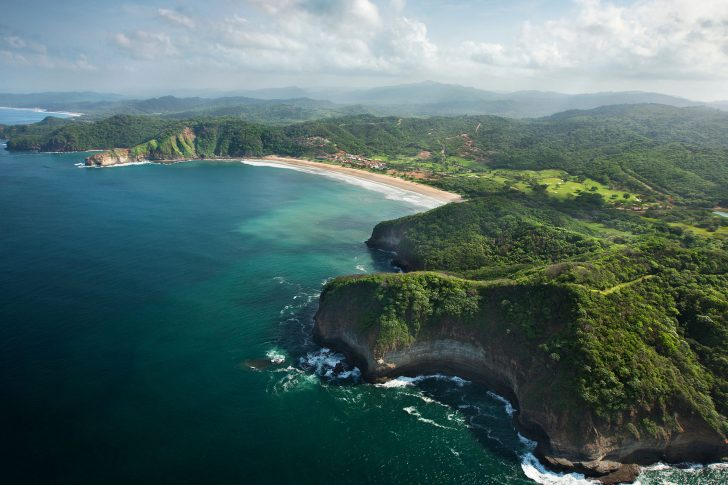
travelsafe-abroad.com 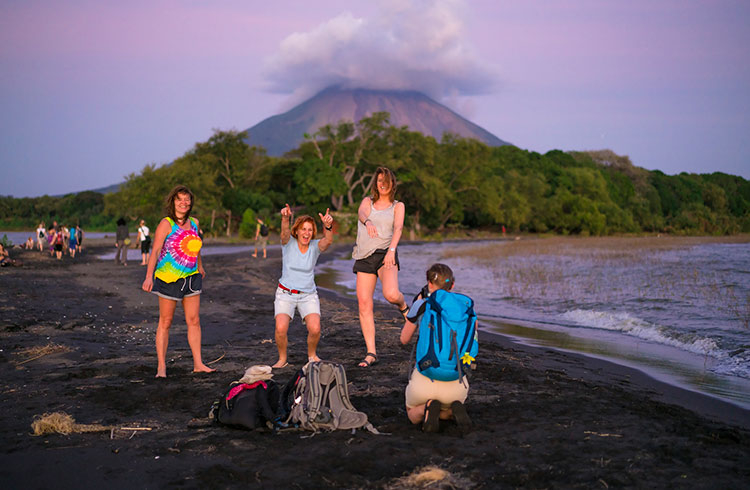
worldnomads.com -
The best time to visit Nicaragua is determined by your priorities. If you're on a tight budget, go during the wet season, which runs from May to October and has the lowest pricing. This is definitely one of the top Things about Nicaragua You Should Know. Another advantage is that there are fewer visitors in the summer, despite the northern hemisphere's school holidays. If you wish to hike in distant locations, avoid these months.
If you don't want the weather to ruin your beach holiday, avoid the Atlantic coast between September and October, which is hurricane season. The Pacific coast has clear mornings with afternoon thunderstorms. The central mountainous regions of Nicaragua are a nice option for September and October because they are cooler due to altitude and experience very intermittent rainfall.
So when is the best time to visit Nicaragua? Choose the dry season from November to April if you want excellent weather and don't mind the tourist hordes, but be prepared to pay more for lodgings, transportation, and excursions in Nicaragua.
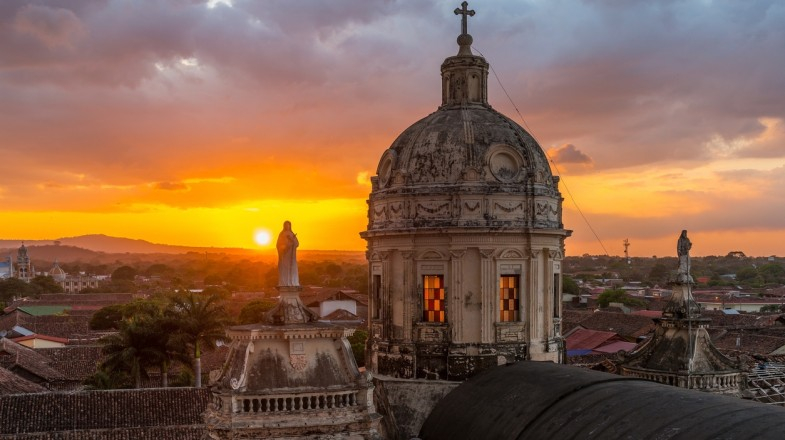
bookmundi.com 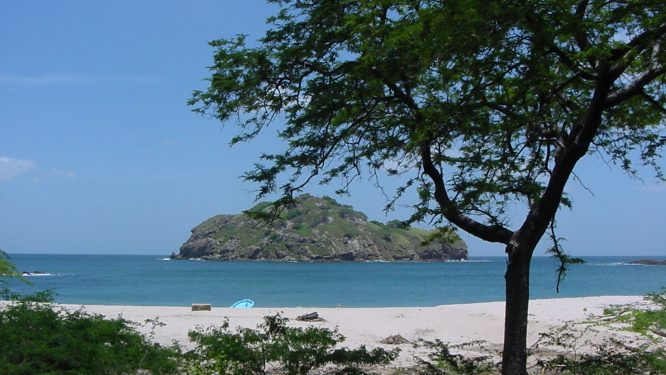
mangorosanicaragua.com -
Nicaragua's official language is Spanish; nevertheless, according to the 2007 Nicaraguan Population Census, Nicaraguans near the Caribbean coast speak both Indigenous languages and English. There are numerous Spanish lessons in Nicaragua that provide various services at reasonable pricing. Even in most tourist locations, Nicaraguans almost never speak English, so learning the basics in Spanish will be highly beneficial. Miskito, Sumo, and Rama are three of the most common Indigenous languages.
The Nicaraguan Census survey included all persons who spoke an Indigenous language, regardless of whether it was their first, second, or third language. The total number of speakers represented below does not include the number of Indigenous languages primary or exclusive speakers. Because of the wording of the census questions, it is hard to determine whether any segments of the population are monolingual in languages other than Spanish.
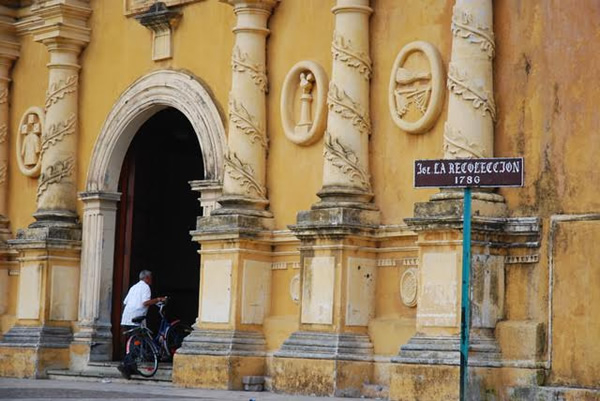
transitionsabroad.com -
Most places in Nicaragua have no entrance fees or charge a nominal cost of $3-4 USD. Prices for tours range between $15 and $25 USD, depending on how many people join.
Small 6-8-bed dorms often cost between 250 and 350 NIO per night, while private rooms range between 700 and 1,700 NIO. Many hostels offer free Wi-Fi and breakfast, and many include a swimming pool. A twin room with breakfast in a modest two-star hotel should cost between 1,000 and 2,600 NIO. Wi-Fi, air conditioning, a TV, and sometimes a swimming pool are standard amenities.
Airbnb is offered on the Pacific coast of Nicaragua, as well as in Grenada and Managua (there are no rentals on the Atlantic side). A fantastic beachfront property can be had for between 2,800 and 4,200 NIO, depending on group size and house design. Expect to pay at least 880 NIO per night for a private room.
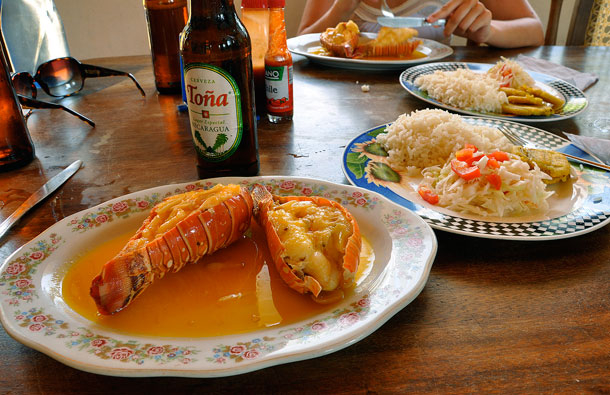
gadventures.com 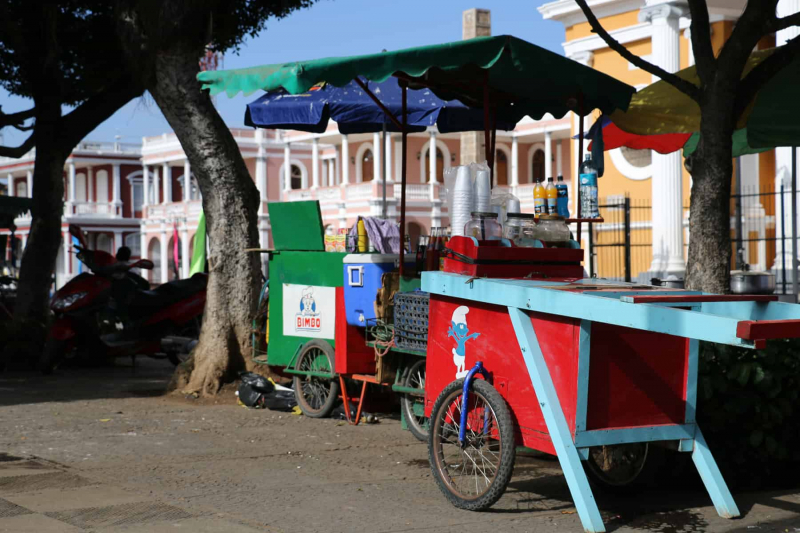
theseforeignroads.com -
There are numerous modes of transportation accessible not only for travel in Nicaragua but also for travel between different places, including both communal and individual options. Urban and interurban buses, taxis, motor taxis, and taxi bikes are the most common (bicycles with an extra area for passengers).
Almost all urban buses in Nicaragua lack adequate amenities. The majority of buses in Managua are huge, yellow (former school-) buses. Roofed pickup trucks are another option for public transit in various cities.
The urban bus network in Managua is extremely substantial. The buses are identified by a number sign (which could also be painted on the bus itself) that specifies the route taken by the bus. Buses in other cities display destination markings as well. A list of buses that stop at a specific bus stop can be found on a signboard at the bus stop. Because there isn't much more information accessible regarding these routes, it's vital to ask Nicaraguans were to get on or off a bus. Bus drivers are frequently happy to tell you where to get off to get to your destination.
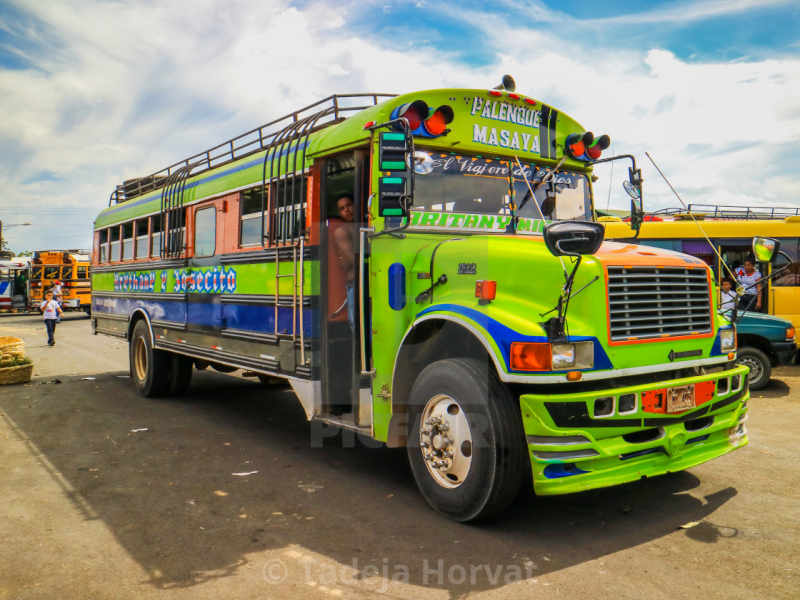
picfair.com 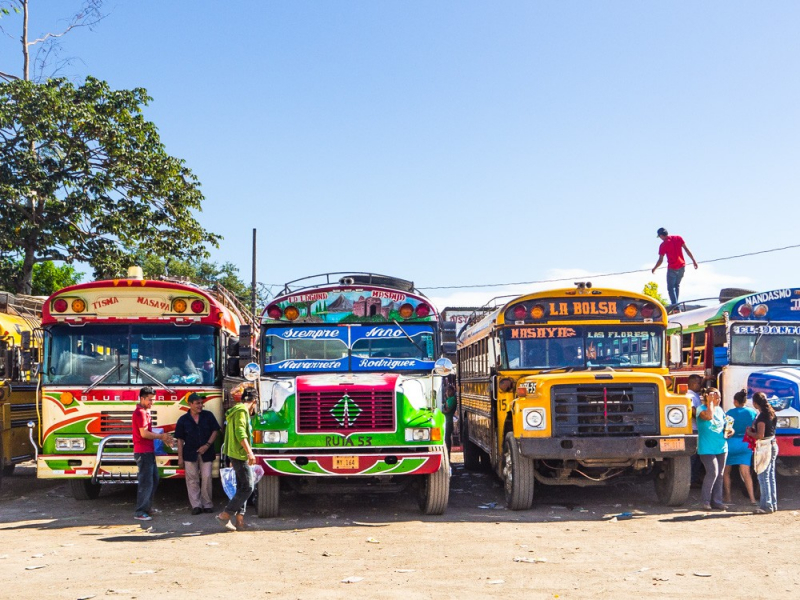
thesandyfeet.com -
Border crossings into Nicaragua are simple. If you are from Honduras or Costa Rica, you can take a bus. Also, if you are coming from Honduras, you can take a direct bus from La Ceiba, Tegucigalpa, and other Honduran cities such as San Pedro Sula. The offered bus is ideal for tourists.
Nicaragua to Honduras? You can travel via bus, shuttle, or vehicle. If you are driving, you can purchase travel insurance at the border. The visa for backpacking Nicaragua will cost $12 USD. The charge for exiting Nicaragua is $3 USD.
How far is it from Costa Rica to Nicaragua? The same as if you were traveling from Honduras by car, shuttle, or car. The fees are the same as previously stated. If you go to Costa Rica, be aware that you will be asked for proof of travel. It might be a bus ticket or a plane ticket to ensure you leave the country.
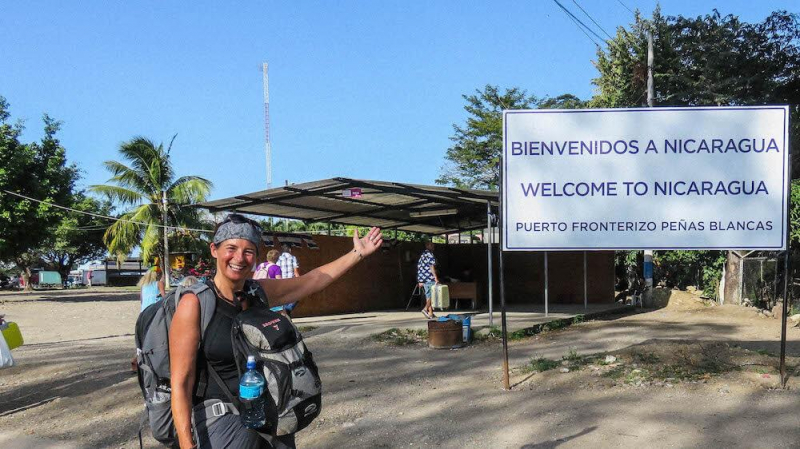
dreameratheart.org -
Some visitors to the country believe that there is little nightlife to enjoy in Nicaragua. Others might describe it as brilliant and colorful. The variances in opinion are unsurprising given that Nicaragua's nightlife offerings vary from city to city and are entirely dependent on where you go and who you know.
There are numerous possibilities accessible, and what you choose will largely rely on your entertainment preferences. Some cities have a booming disco and club scene, whereas others have theater performances and scenic restaurant meals. Others have little to no nightlife and prefer to spend their evenings lounging by the fireplace or on the balcony, nursing their beverage of choice. It is important to remember that the lifestyle here is generally relatively relaxed.
Due to its architectural legacy, Granada is a renowned tourist destination. If you visit this town, you will discover a thriving nightlife around the end of 'La Calzada' Avenue on the shores of Lake Nicaragua. The nicest feature here is perhaps a boulevard where you may take pleasant nighttime strolls. For those searching for something more vibrant, the 'Centro Turistico' has restaurants, beaches, and discos.
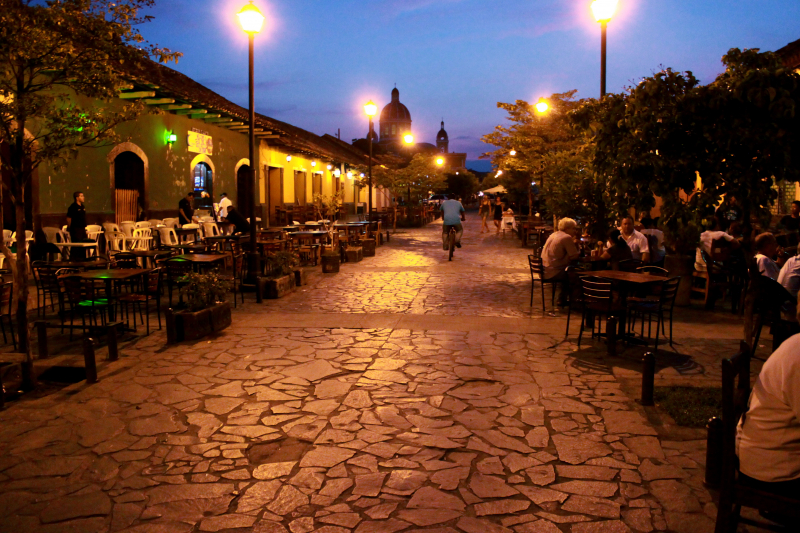
livingthenicalife.files.wordpress.com 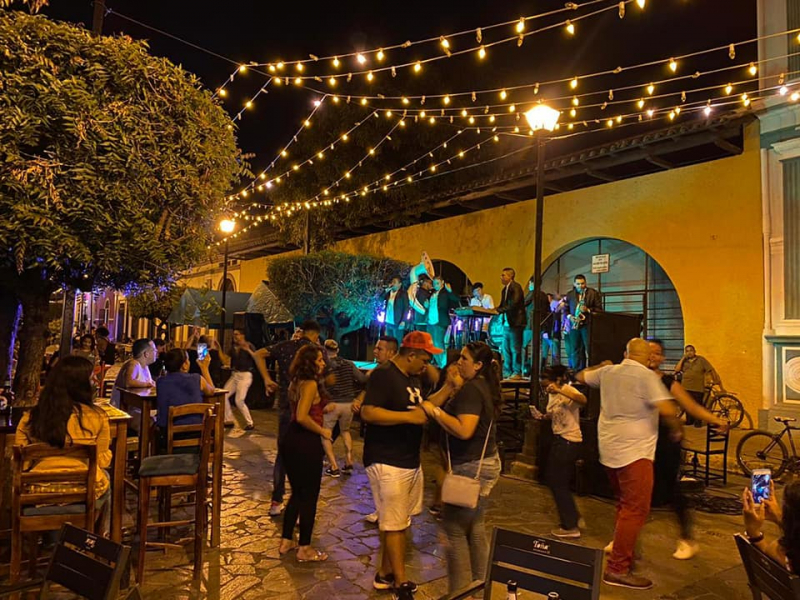
facebook.com -
Nicaragua's coast is divided into two sections: the Caribbean "Mosquito Coast" and the Pacific Coast, which has the best waves in the country. The presence of Lake Managua, roughly 50 miles inland, helps funnel wind across the country, providing 300+ days of offshore winds on this southwest coast. These groom the Southern Pacific's southwest swells that formed in the 1940s and 1950s. The consequence is outstanding, if not world-class, pointbreaks and beachies, as well as a rich local culture, low living costs, and tropical weather.
Nicargaua boasts some of Central America's top points, reef breaks, and sandbars. The province of Rivas has the best surf breaks. They get 3-5ft south swells from the Roaring 40s and roughly 330 days of offshore winds on average. Nicaragua's most popular surfing beaches, such as Playa Maderas and Playa Majagual, are located near San Juan del Sur. Playa Gigante and Popoyo, a little further north, also have good surf. Much further north is less traveled, thus there will be fewer people.
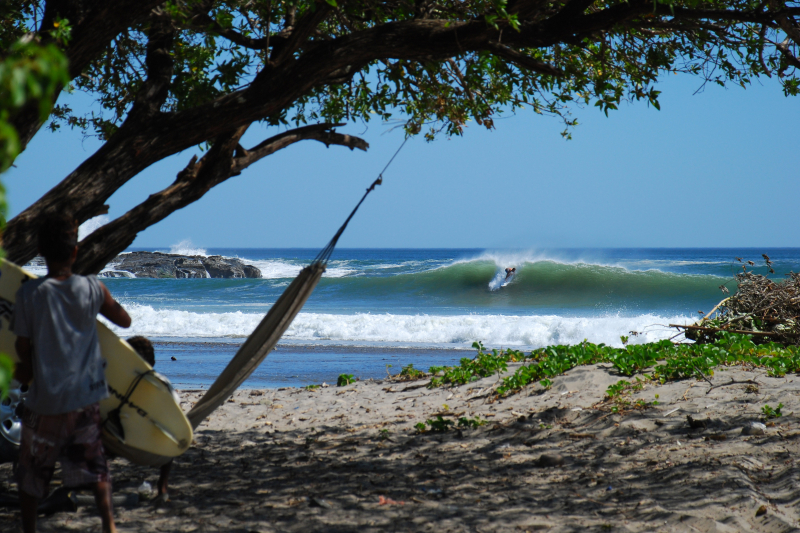
justintime4.com 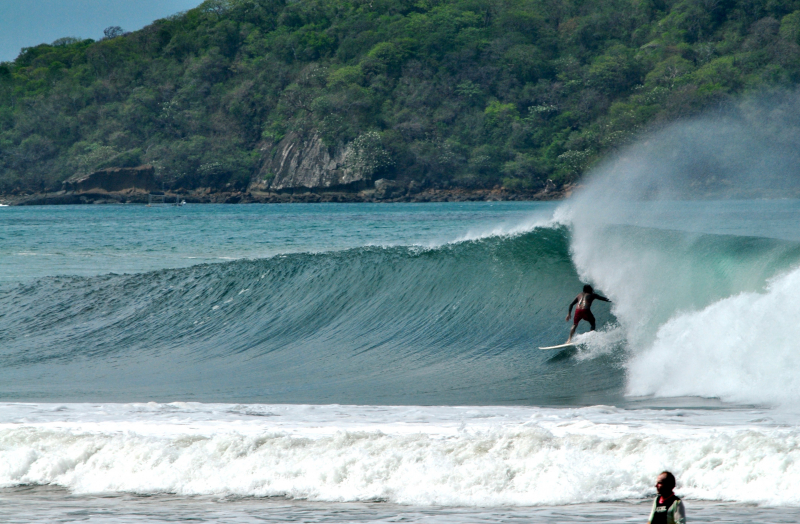
justintime4.com -
Nicaragua boasts 19 active volcanoes, and with some of them easily accessible to travelers, experiencing at least one of these natural wonders is a must. Volcanoes are also a part of Nicaraguan culture. Natives believed for generations that these giants were gods and portals to the underworld; now, they are Nicaragua's most popular tourist attraction and breathtaking natural wonders. No wonder; there is a sense of adventure and thrill when we see fumes pouring from a peak and our hearts race at the prospect of getting closer to bubbling lava.
Masaya is one of Nicaragua's most well-known volcanoes. This active volcano complex is approximately 23 kilometers from the capital and is part of the Masaya Volcano National Park, the country's first and largest national park. It is a volcanic caldera with two volcanoes and five craters, and while the Masaya volcano is impressive in size and scale, the neighboring crater Santiago is the major draw.
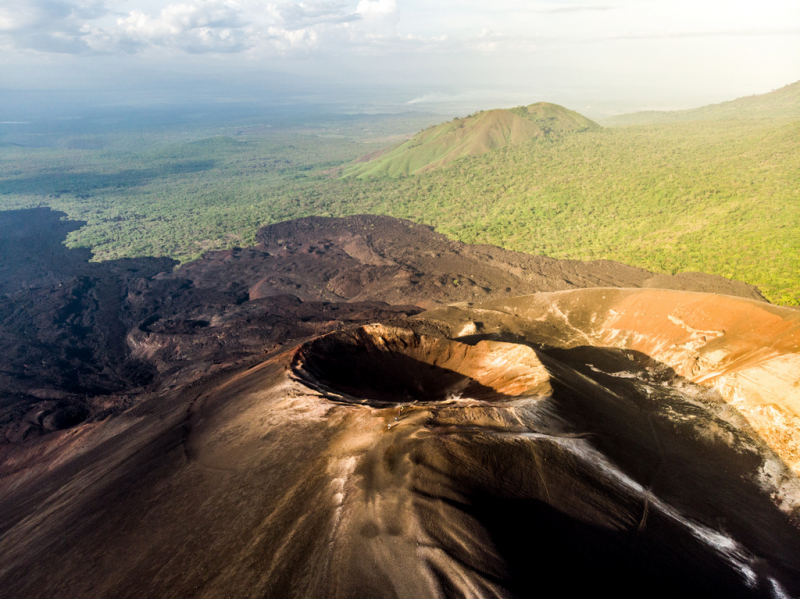
thetravelersbuddy.com 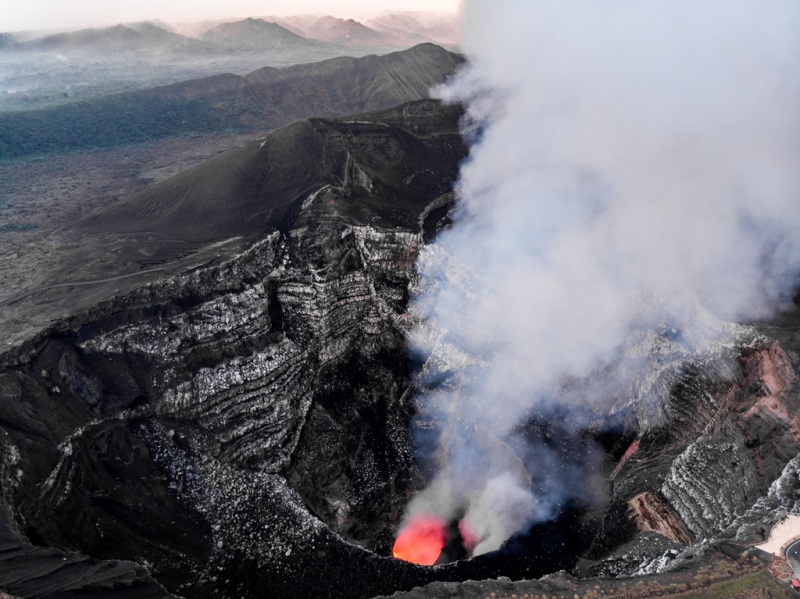
thetravelersbuddy.com -
Nicaragua is also one of the cheapest Central American locations, with day trips costing as little as $20 USD. In Nicaragua, tour and entrance prices are very low. This is definitely one of the top Things about Nicaragua You Should Know. In Nicaragua, most places have no entrance fees or levy a nominal cost of $3-4 USD. If you choose a tour, the price will vary depending on how many people join. The prices of some tours might range from $15 to $25 USD. For example, if you ride your bike from Granada to Masaya Volcano, the entrance cost is about $3-4 USD.
You can take tours of Somoto Canyon or hire a guide for about $25 USD. The most popular tour is Volcano boarding in Cerro Negro, which costs between $20 and $30 USD in the Leon area. Although the active Cerro Negro is just 728 meters (2,400 feet) tall, sliding down its ash-covered slopes on a board is a 40-second sensation that permits participants to boast they have surfed a volcano. "It's a one-of-a-kind experience," Muller, a German tourist who enjoyed the "adrenaline," remarked.
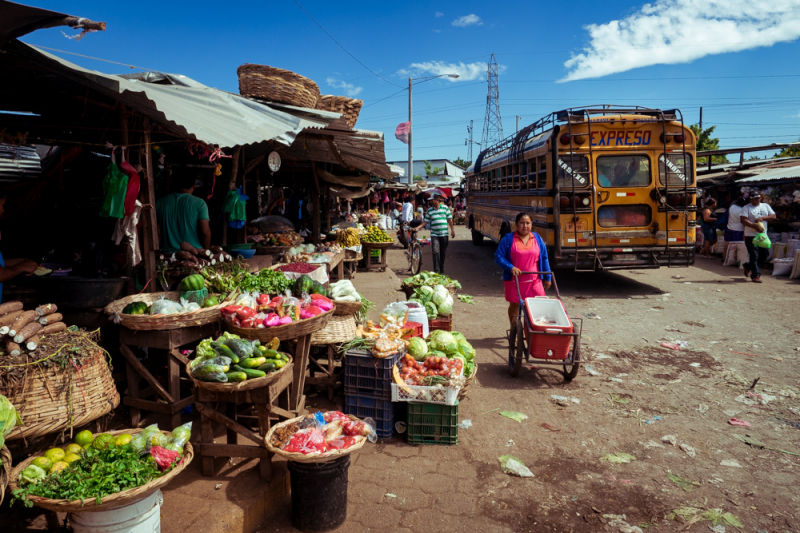
thesandyfeet.com 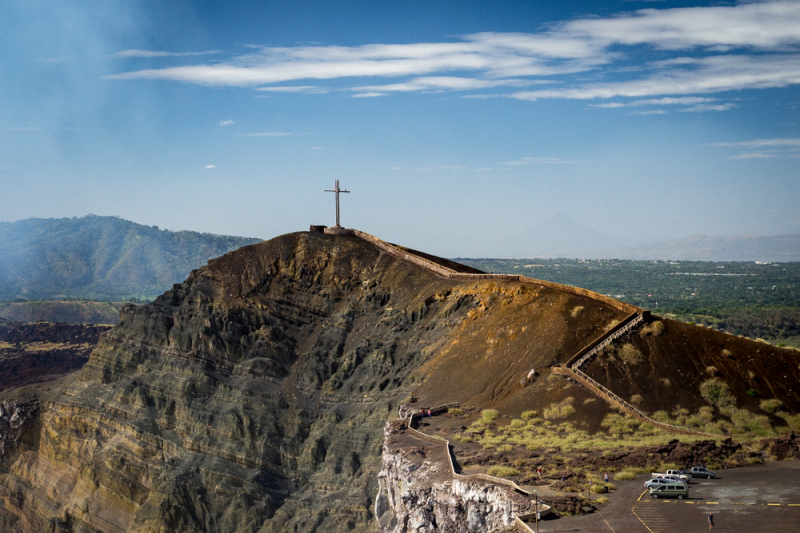
thesandyfeet.com -
Nicaraguan cuisine is a fusion of indigenous Native American, Spanish, and Creole cuisines. Despite the inclusion of pre-Columbian and Spanish-influenced cuisine, traditional cuisine on the Pacific and Caribbean coasts differs. While meat, chicken, native fruits, and corn are popular on the Pacific coast, seafood and coconut are popular on the Caribbean shore.
Corn, like in many other Latin American countries, is a staple. It is used in several popular dishes, including nacatamal and indio viejo. Corn is utilized not just in meals, but also in beverages such as pinolillo and chicha, as well as in sweets and pastries. Rice and beans are other essentials. When maize is not available, rice is eaten, and beans are taken as a cheap protein by the majority of Nicaraguans. Breakfast is commonly served with rice and beans. There are numerous meals that incorporate these two basics; one famous dish, gallo pinto, is frequently served for lunch, sometimes with eggs. Nicaraguans' diet does not consist primarily of corn, rice, and beans. Many Nicaraguans have their own tiny vegetable gardens. Flowers are occasionally incorporated into their meals.
Peanuts, cabbage (shredded in vinegar and served as a side dish), and other often-used items (including fruits and vegetables) include: Carrots and beets are occasionally added.) plantains, bananas, fresh ginger, onion, potato, peppers, jocote, grosella, mimbro, mango, papaya, tamarind, pipian, apples, avocado, yuca, and quequisque Cooking also makes use of herbs such as cilantro, oregano, and achiote.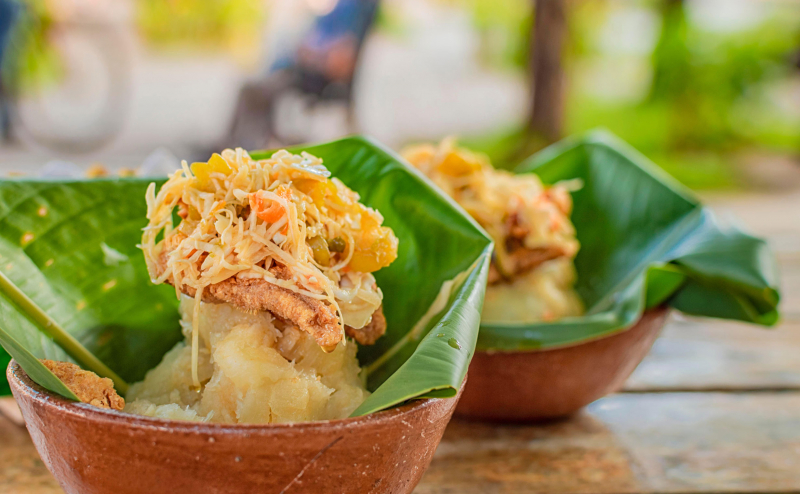
theculturetrip.com 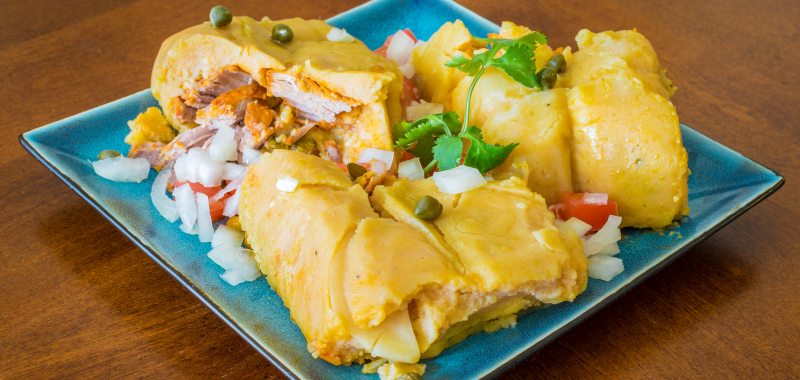
tasteatlas.com -
Consider scheduling your trip to coincide with one of Nicaragua's many holidays and festivals. Festivals, on the other hand, may be avoided because of the pyrotechnics, inebriated throngs, disrupted transportation schedules, and increased accommodation expenses. Furthermore, airlines are well aware of when expatriate Nicas living in the United States like to come home for family time and celebration, and you can expect prices to virtually treble around these times. Here are a few times of the year when celebrations have an impact on services.
Semana Santa (Holy Week) is a bigger celebration than Christmas. The week preceding Easter Sunday is a significant and well-loved holiday, when every Nica can get to the beach (or lake, river, waterfall, etc.) for some fun in the sun. At the absolute least, the Wednesday, Thursday, and Friday before Easter are utterly lost days, but many Nicas also take off Monday and Tuesday to take a long holiday. During this time, bus service is reduced, banks' hours are reduced, and government officials, if you can find them, will deal with you with clenched teeth. You are keeping them from the beach and will be made to suffer for it.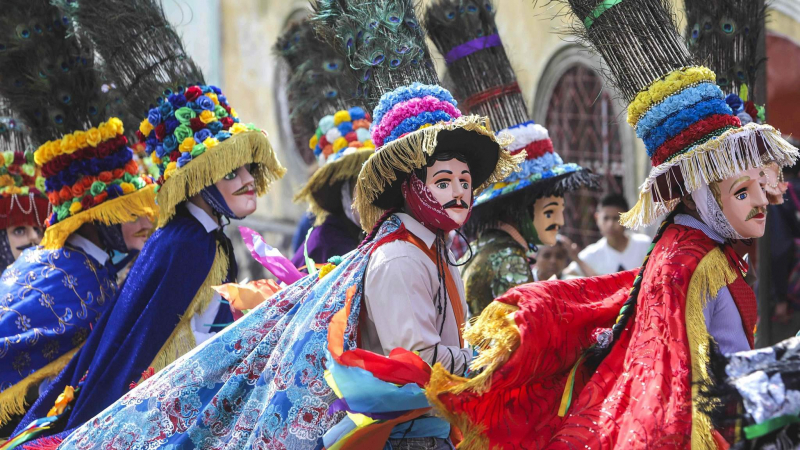
news.cgtn.com 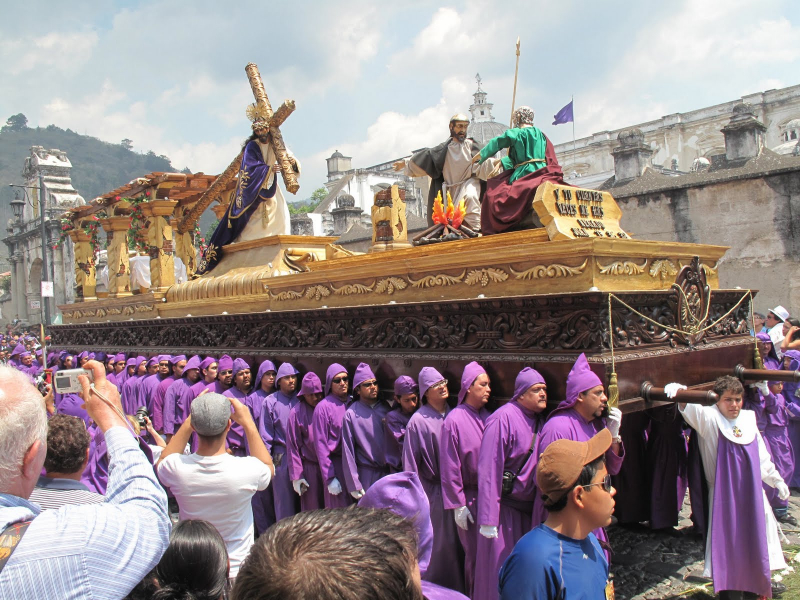
centralamericaandthecaribbean.wordpress.com














